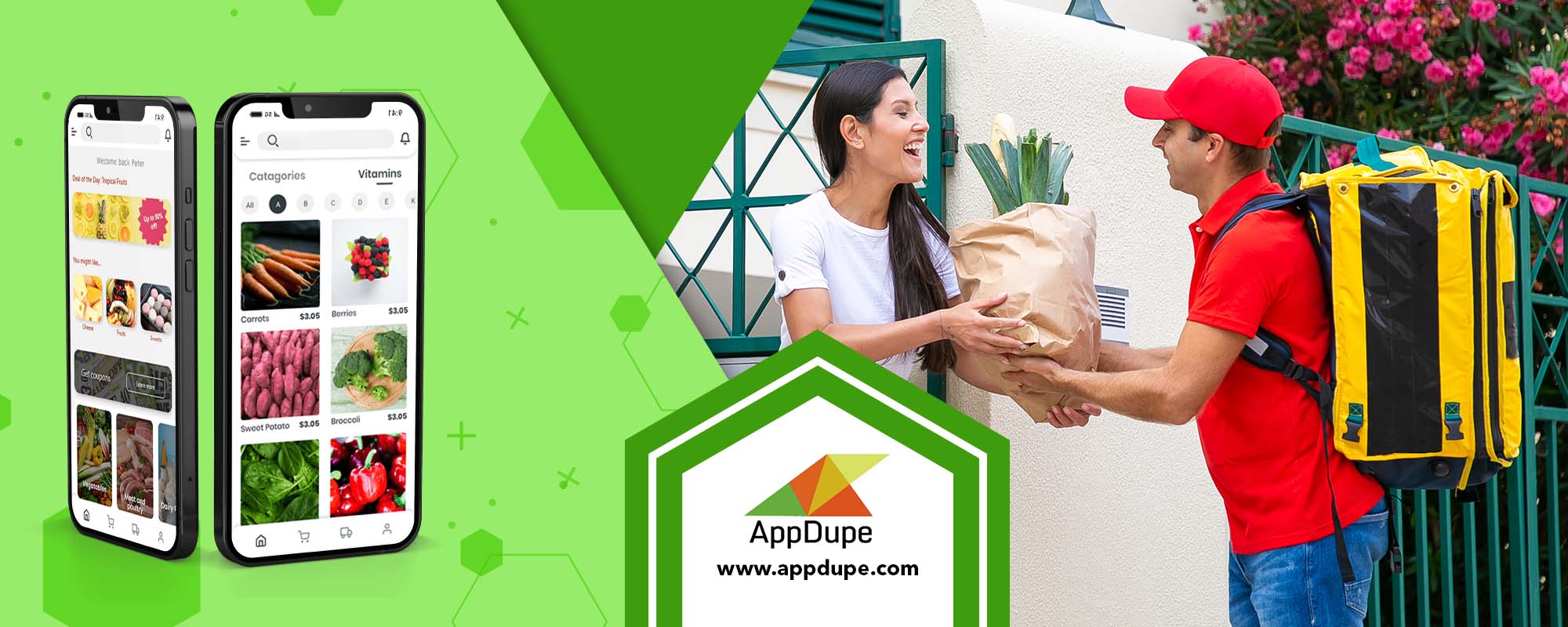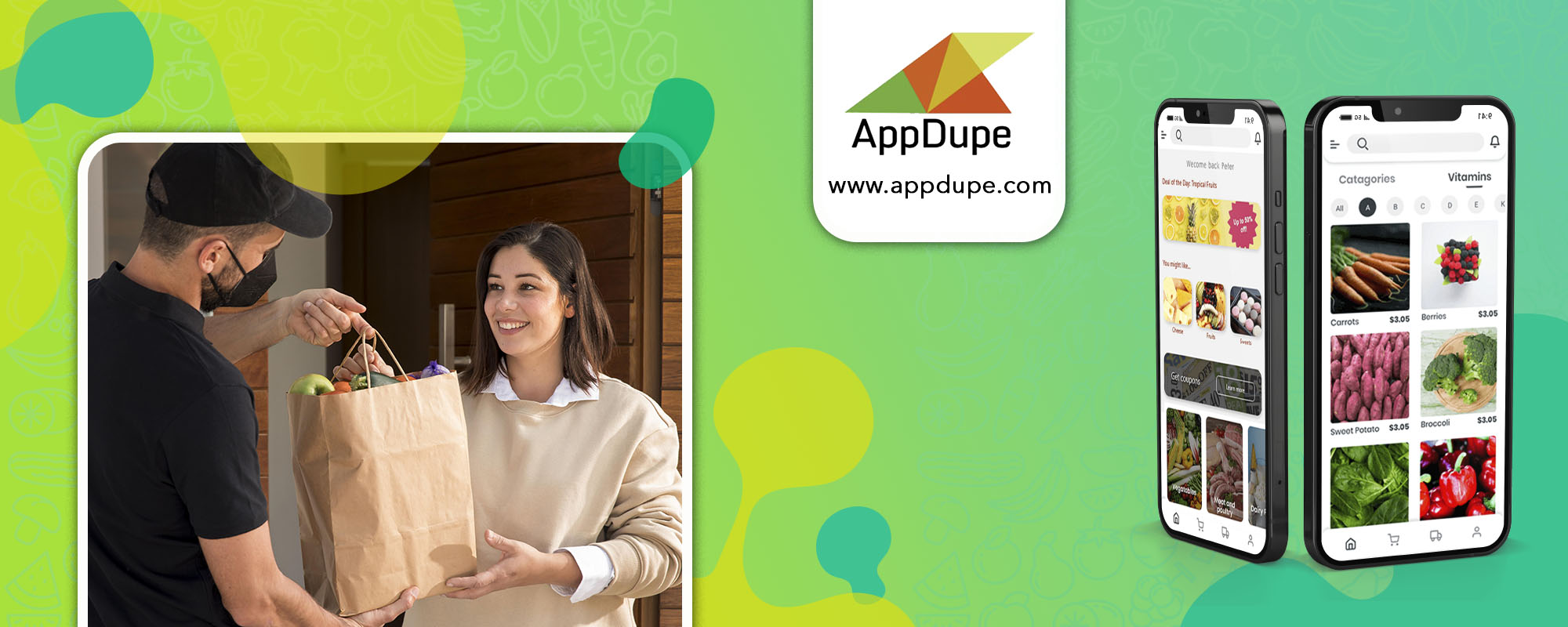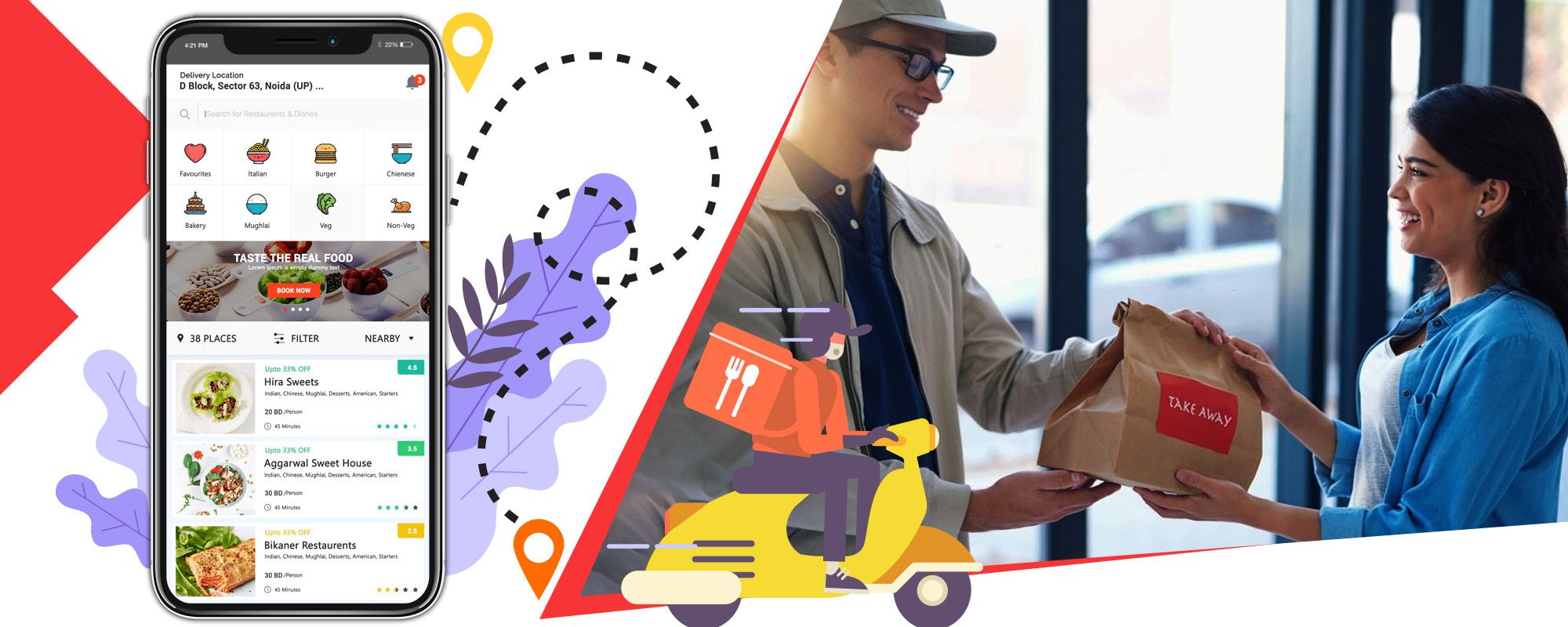Ghost Kitchen Software – Launch the next Big Thing in the Food Industry
Author Delivery App Development, Food Delivery App Development, Ghost Kitchens, Technology, UberEats Clone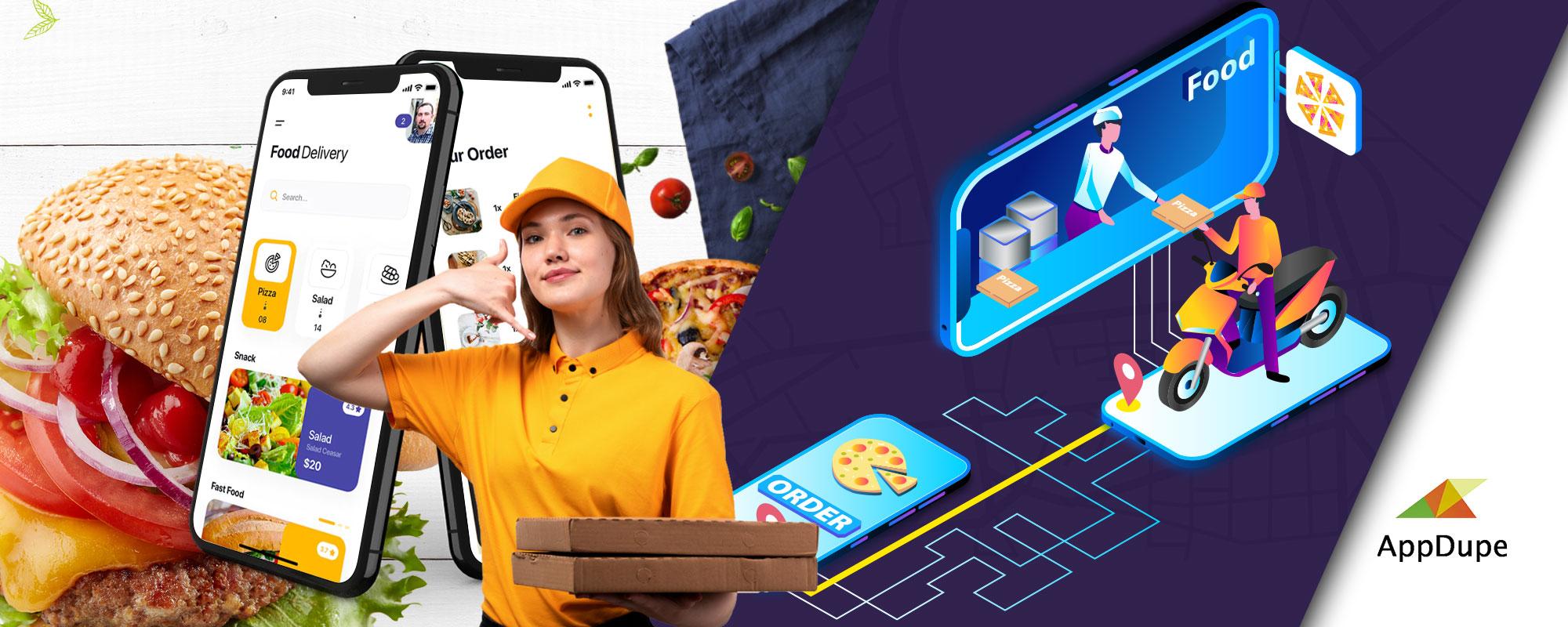
Why makes Ghost Kitchen Software so important? The pandemic has created a behavioral drift in the people and the restaurant industry. After the pandemic hit, all the nations implemented a nationwide lockdown to keep the pandemic under control. This turned out as a massive blow for the restaurant industry. While the big players were suffocating to thrive, the small and medium ones drowned in no time. People shut themselves within their doors to stay safe. Safety became a question the restaurants had no answer for. A revival with a nationwide lockdown seemed out of the question for the restaurants. They desperately needed a change that could get them an act on the stage. Every restaurant had to look towards the food delivery apps like Uber Eats and DoorDash. These crumbles from within led to the birth of ghost kitchens and the launch of various food delivery apps like UberEats.
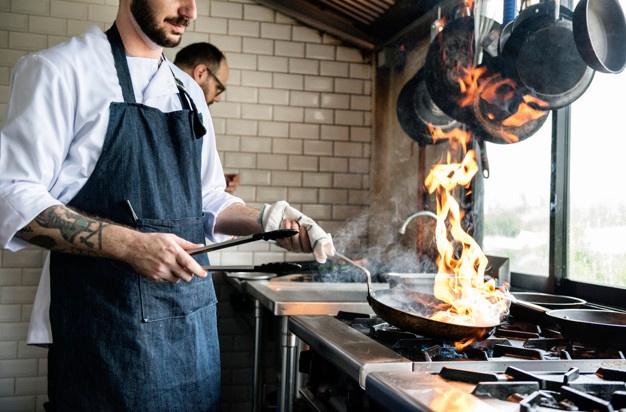
What is a Ghost Kitchen?
A ghost kitchen, also known as a dark kitchen, is a professional cook space setup to cook delivery-only foods. A ghost kitchen does not mean the same as a virtual kitchen. A virtual kitchen is the delivery only kitchen of a traditional restaurant. At the same time, a ghost kitchen has nothing to do with a restaurant brand except providing space and facilities to cook for more than one restaurant.
Typically, an operator will own or lease a cooking space and sublease it to several other restaurant brands to use the space and serve their customers via an online Ghost Kitchen Software model. These ghost kitchens have helped the restaurants with a major problem they were facing all these years. Every restaurant was forced to focus on the place their restaurant is spotted, the ambiance, and the experience they provide their customers. Although these are necessary for a dine-in restaurant, they make it expensive to launch a restaurant. Now, you just have to rent a space in a ghost kitchen, partner up with a delivery partner like Uber Eats or Doordash, and you are all set.
With the rise of ghost kitchens and virtual kitchens, the restaurant industry has turned more into a delivery-only business giving more power to the food delivery apps like UberEats and DoorDash. This has led to the launch of various UberEats clone apps fighting to own a part of this huge market share.
Launch an UberEats Clone and be a part of the 1 trillion industry by 2030
The culture of off-premise dining and food delivery is growing at a 43 percent CAGR (compound annual growth rate), according to Thanx. It is also estimated that online delivery of foods alone represents 10 billion dollars of the restaurant sales today, and with this pace of growth, it is predicted to represent nearly 100 billion dollars in restaurant sales by 2025. Euromonitor, a market research company, recently estimated that there could be a trillion-dollar business by 2030. With these predictions and market research in hand, it is projected as an inevitable business model for the future. Although like every business model, it has its own pros and cons.
It is estimated that online delivery of foods alone represents 10 billion dollars of the restaurant sales today, and with this pace of growth, it is predicted to represent nearly 100 billion dollars in restaurant sales by 2025.
Pros of Ghost kitchen
- Food delivery is quicker than ever.
- Launching a restaurant is no more expensive.
- Kitchen machinery like stoves and dishwashers can be shared among restaurants in one space.
- Restaurants no more need to be located in prime real estate hotspots.
- The business is technology-driven. Customers can place orders through Ghost Kitchen App apps, and food delivery is also made through third-party food delivery apps giving birth to more apps like UberEats.
Cons of Ghost kitchen
- The restaurants are no longer available for walk-in customers. They are totally dependent on the orders brought by the third party delivery apps.
- Operating a ghost kitchen is a tedious job. Each restaurant brand may require different equipment for the preparation of their cuisine. Providing all kinds of equipment is not a viable option.
- Managing the real estate, the labor, technology, and withholding the loyalty of the restaurants is a difficult task.
- For a ghost kitchen to represent itself as a brand to the customers seems impossible. This makes them vulnerable to restaurants moving out once they build a virtual brand for themselves to the customers.
- The interaction with customers and building a relationship is only possible through digital media and apps like UberEats. This makes food delivery apps more dominant in the restaurant business.
The eminence of Ghost Kitchen Software
Ghost kitchens seem to have their own pros and cons, while the only definite thing is digitalization is inevitable, and restaurant sales highly depend on food delivery apps. Modern customers lookout for the best experience and this has nothing to do with the restaurants except to cook the food faster and coordinate the delivery person to deliver it as early as possible.
The role of food delivery apps becomes more impactful. The orders are placed through these apps. The apps notify the restaurants with the details of the order placed. The restaurant starts cooking and notifies the delivery partner again through the app on the status of the food. Once the food is cooked and ready to be delivered. The delivery partner picks it up and delivers it to the customer. The role of food delivery apps has grown more prominent than the restaurants themselves in the restaurant business.
The restaurants are charged nearly 30 percent commission for each order, excluding the app’s initial amount paid to enlist themselves. The restaurants also have to pay the food delivery apps to run campaigns for their restaurants in the apps as it is the only means to reach their customers. The restaurants are compelled to pay a humongous amount to the food delivery apps as they are indebted to them for the order they receive. This makes the launch of apps like UberEats a more viable option for an entrepreneur.
Final Thoughts
Ghost Kitchens have replaced the restaurants as restaurants are more dependent on food delivery orders than walk-in customers. This replacement has crumbled the traditional restaurant brands who were applauded and loved by the people for the experience they provided, which no more matters. People just scroll through the menus in the food delivery app and place orders of their favorite dishes from the restaurants enlisted in the food delivery apps. The restaurants just need a cooking space in a ghost kitchen to cook their orders received through these apps. The needs of a restaurant have lessened, and thereby their eminence has dropped down. In contrast, the ghost kitchens and food delivery apps have become more eminent in the restaurant business. This dominance of Ghost Kitchen Software has eluded the entrepreneurs to launch one for themselves.
Contemplating to launch a food delivery app?

Marketing is my soul mate and writing is my side kick. Using my writing skills to share the knowledge of app development and upcoming technologies.
